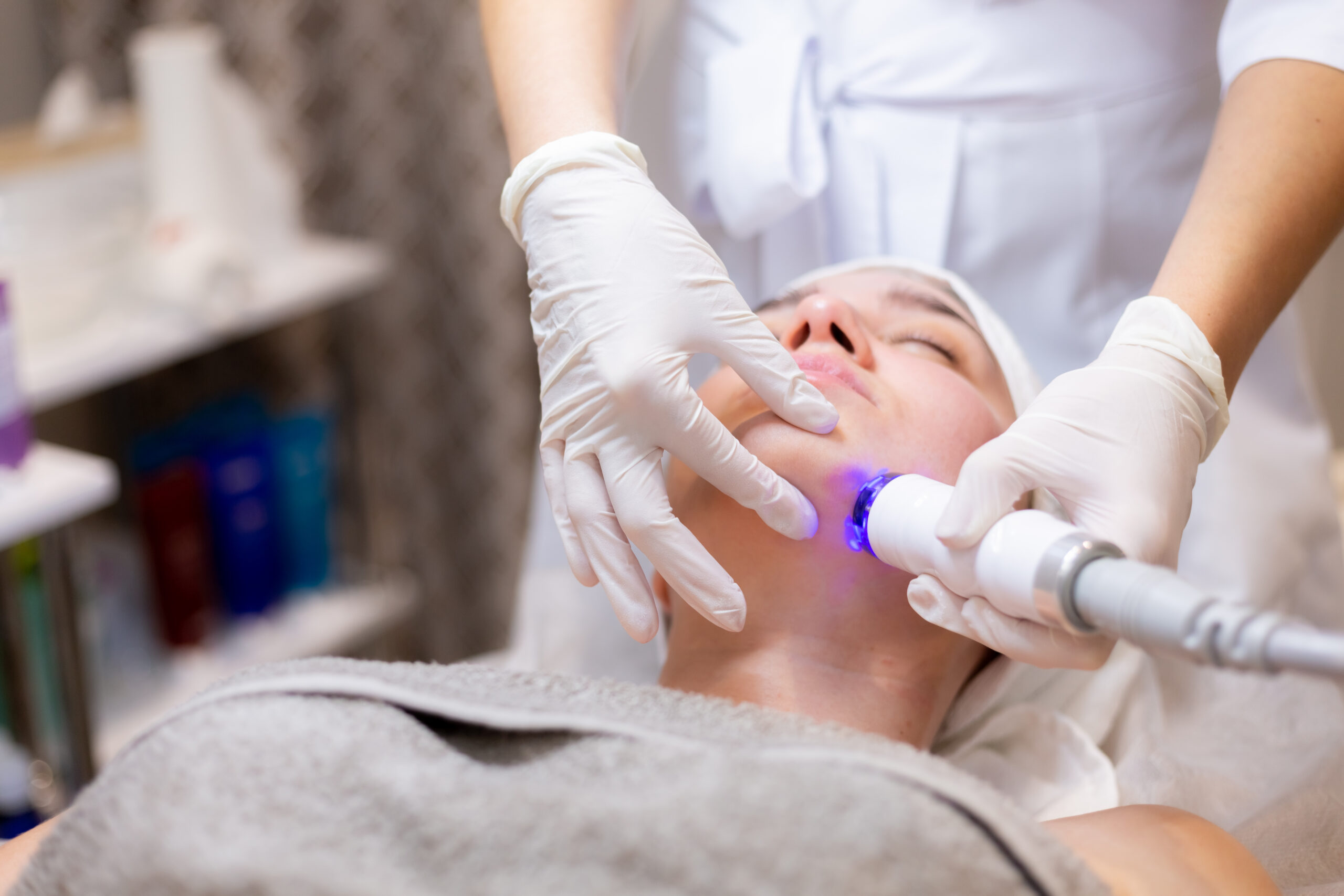Physical Address
304 North Cardinal St.
Dorchester Center, MA 02124
Physical Address
304 North Cardinal St.
Dorchester Center, MA 02124

Laser therapy has revolutionized dermatological treatments, offering non-invasive and highly targeted solutions for a wide array of skin conditions. From acne scars and hyperpigmentation to rosacea and unwanted hair, lasers provide precision that few other treatments can match. This comprehensive guide explores the benefits, risks, types of laser therapy, and what patients should know before undergoing treatment.
Laser therapy involves using focused light to treat various skin conditions. The term “laser” stands for Light Amplification by Stimulated Emission of Radiation. Dermatological lasers work by emitting a wavelength of light that is absorbed by a specific target in the skin, such as melanin, hemoglobin, or water. The light energy is converted to heat, which breaks down the targeted cells without damaging surrounding tissues.
Ablative lasers remove the outer layers of skin and are typically used for more severe skin conditions or rejuvenation. Examples include:
These lasers target the underlying skin tissue without removing the top layer, resulting in less downtime. Examples include:
These lasers deliver laser energy in a grid-like pattern, treating only a fraction of the skin at a time. They can be ablative or non-ablative:
Targets blood vessels and is effective in treating vascular lesions like rosacea, spider veins, and port-wine stains.
Laser therapy can reduce acne by targeting sebaceous glands, reducing inflammation, and promoting collagen remodeling to treat scars.
Lasers break down melanin clusters, helping reduce sun spots, age spots, and melasma.
Laser resurfacing stimulates collagen production, tightening the skin and reducing signs of aging.
PDL and IPL (Intense Pulsed Light) reduce visible blood vessels and redness.
Q-switched lasers break down tattoo ink particles, allowing the body to remove them naturally.
Laser energy targets hair follicles, slowing hair growth over time.
Lasers can target specific skin structures, minimizing damage to surrounding tissue.
Laser therapy treats a wide range of conditions with different types of lasers.
Most procedures require no incisions or needles, reducing recovery time and risk of infection.
Non-ablative treatments often allow patients to return to daily activities immediately.
Many laser treatments offer results that improve over time as collagen production continues.
Temporary redness, swelling, and discomfort are common.
Changes in skin color can occur, especially in patients with darker skin tones.
Though rare, improper laser use or poor aftercare can lead to scarring.
There is a minor risk of infection, particularly with ablative lasers.
Protective eyewear is essential, as lasers can damage eyes.
A dermatologist will assess your skin type, medical history, and treatment goals.
A test may be performed on a small area to gauge skin reaction.
Patients may be advised to avoid sun exposure, exfoliants, and certain medications.
Laser treatments can range from $200 to $3,000 per session depending on the type, area treated, and provider’s experience. Multiple sessions are often required.
Laser therapy is a powerful tool in modern dermatology, capable of addressing a multitude of skin issues with precision and efficiency. However, understanding the types of lasers, their benefits, and potential risks is crucial for safe and effective treatment. Always consult with a board-certified dermatologist to determine the most appropriate approach for your unique skin needs.
Disclaimer: This article is for informational purposes only and does not substitute professional medical advice. Always consult a qualified healthcare provider before undergoing any treatment.